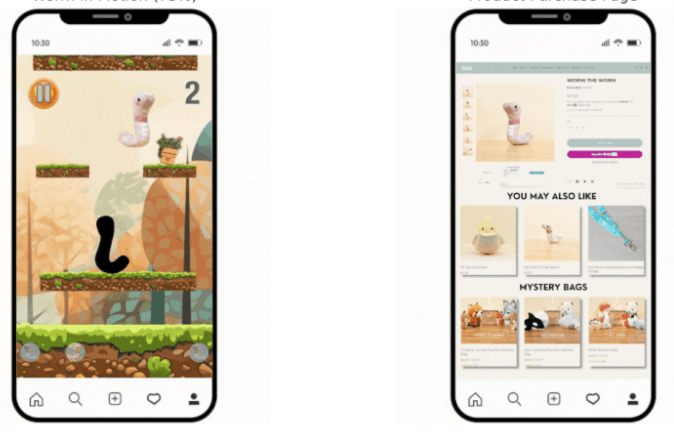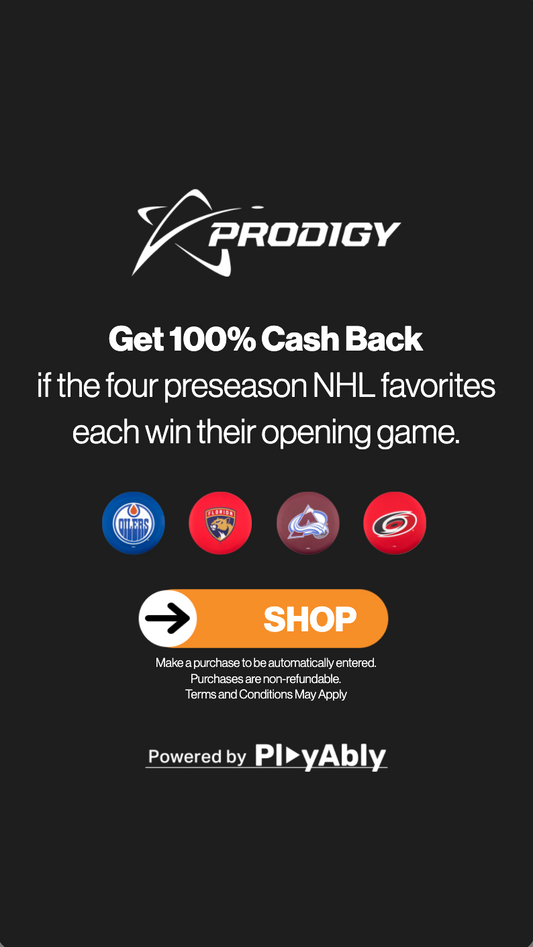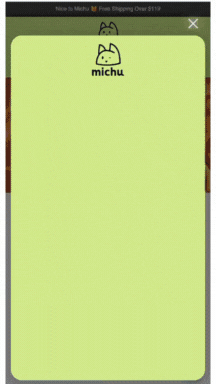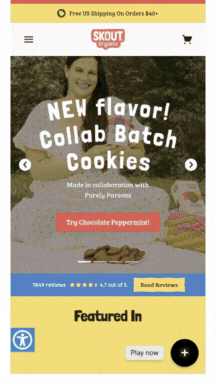eCommerce Gamification Ideas: Creative Ways to Engage Your Audience
Vintage Cars Customizable Game
Creating Customer Journeys Experiences in eCommerce with Gamification
Download The Guide
Gamification in eCommerce is more than just earning points or unlocking discounts—it’s about turning shopping into an experience customers enjoy. While traditional loyalty programs are effective, the real magic happens when brands go beyond the basics and create immersive, game-like interactions that make customers excited to return.
Creative gamification isn’t just about making things fun; it’s about fostering deeper engagement, increasing retention, and strengthening brand loyalty. Below are some inventive ways eCommerce brands can use gamification to captivate their audience and make shopping feel like an adventure.
Vintage Cars Customizable Game
Gamification and conversion optimization go hand in hand. While gamification keeps users engaged, conversion optimization ensures that engagement leads to action—whether that’s making a purchase.
Download The GuideWhy Gamification Works for eCommerce
Shoppers today are bombarded with choices, and attention spans are shorter than ever. Gamification helps brands stand out by making interactions more dynamic and rewarding. By introducing elements like competition, achievements, and surprise rewards, businesses create an engaging customer journey that taps into motivation and excitement.
The key to successful gamification is ensuring the experience enhances—not complicates—the shopping process. When done right, gamification creates a cycle of engagement, where customers are incentivized to explore, interact, and, ultimately, make purchases.
Idea #1: Interactive Product Discovery
Make Shopping an Exploration
Instead of a traditional catalog or category-based shopping experience, brands can create interactive discovery journeys where customers unlock special deals, exclusive content, or even hidden products. This could take the form of a digital scavenger hunt, where shoppers browse through the site to find hidden rewards, encouraging them to explore products they might not have otherwise considered.
Retailers can also use personality quizzes to match customers with the perfect product. Imagine a skincare brand offering a short interactive quiz that not only provides personalized recommendations but also rewards participants with a discount or free sample for completing it. This approach creates a sense of adventure while subtly guiding purchasing decisions.
Example: Warby Parker’s Virtual Try-On
Warby Parker elevates product discovery with an augmented reality (AR) try-on feature that allows customers to see how different glasses look on their faces. By making the selection process interactive, customers are more engaged and more likely to purchase with confidence.
Idea #2: Progress-Based Rewards Systems
Encourage Long-Term Engagement
A tiered reward system is a simple but powerful way to drive repeat purchases. Instead of a static point system, brands can introduce progress bars, unlocking new benefits as customers reach different levels. This approach keeps shoppers engaged over time, as they are motivated to reach the next tier for bigger perks.
For example, a fashion retailer could implement a "Style Insider" program where customers unlock access to exclusive collections, personalized styling sessions, or early sale previews as they reach new spending milestones. By structuring rewards this way, brands create a sense of accomplishment and exclusivity.
Example: Starbucks Rewards
Starbucks' tiered system keeps customers engaged by offering increasing levels of rewards the more they spend. The use of progress tracking makes it clear how close someone is to the next level, motivating more frequent visits.
Idea #3: Social Sharing & Referral Challenges
Reward Engagement Beyond Purchases
Gamification doesn’t have to stop at transactions. Brands can encourage engagement by offering rewards for social shares, referrals, and user-generated content. Turning referrals into a competitive challenge—for example, offering an exclusive gift to the top referrers of the month—can create buzz while boosting organic reach.
Social leaderboards are another effective approach. A fitness brand, for instance, could create a "challenge of the month" where customers earn points for logging workouts, posting progress on social media, or reviewing products. Customers who reach the top of the leaderboard at the end of the month receive a reward, fostering community engagement.
Example: Glossier’s Referral Program
Glossier makes referrals feel personal by allowing customers to give their friends discounts while earning store credit. This system feels more like a rewarding social interaction than a marketing strategy, making it a natural extension of brand engagement.
Turning Gamification into a Brand Advantage
The most effective gamification strategies blend seamlessly into the customer experience. Whether it’s making product discovery more interactive, rewarding long-term engagement, or incentivizing social interaction, creative gamification fosters deeper connections between brands and customers.
By designing experiences that encourage participation and create excitement, businesses can turn casual shoppers into loyal brand advocates. The future of eCommerce isn’t just about selling—it’s about making every interaction feel like an experience worth coming back for.



